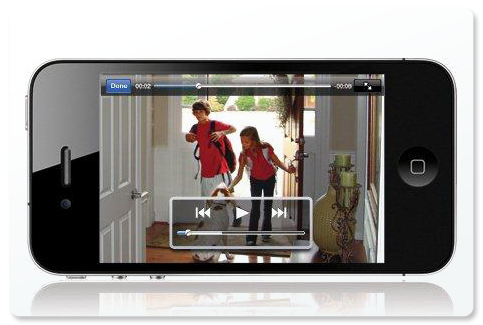Managing Ever Changing Security Needs
Managing Ever Changing Security Needs
Suite of solutions has cancer institute on cutting edge of security
The urban campus of the Dana-Farber Cancer Institute in Boston is representative of many modern metropolitan healthcare institutions today, with a main campus in a busy city center that takes advantage of every available square inch. New buildings replace existing structures, existing facilities are reconfigured, and as the institutions continue to grow, their footprints expand into surrounding suburbs in an effort to serve the growing patient and research needs.
Internationally renowned for its unique blend of clinical and research operations to provide state of the art cancer care—the institute supports more than 300,000 patient visits annually and is involved in some 700 clinical trials—the only constant for Dana-Farber is change.
 When the institute undertook its most significant expansion project to date, the design and construction of its new 14-story Yawkey Center for Patient Care, the project included demolition of two existing buildings and a street-level parking lot at its Boston headquarters. Dramatically expanding the institute’s clinical care space, the Yawkey Center features more than 100 exam rooms, 150 infusion spaces and 20 consultation rooms.
When the institute undertook its most significant expansion project to date, the design and construction of its new 14-story Yawkey Center for Patient Care, the project included demolition of two existing buildings and a street-level parking lot at its Boston headquarters. Dramatically expanding the institute’s clinical care space, the Yawkey Center features more than 100 exam rooms, 150 infusion spaces and 20 consultation rooms.
During the three-year construction, security and facilities management staff had to evaluate the impact of the new facility on the current and multi-location infrastructure. Not only did the Yawkey Center add an additional 275,000 square feet of clinical and support space to the institute’s overall footprint, but security plans for the center included the addition of nearly 200 IP cameras that had to be seamlessly and efficiently married with Dana-Farber’s significant investment in its current CCTV surveillance equipment.
With 23 existing Intellex DVRs from American Dynamics and nearly 300 analog cameras already deployed throughout the facilities, the Dana-Farber security staff was searching for a solution that would allow dispatchers in the security command center to have a single interface through which they could view live and recorded feeds from both analog and IP cameras.
 “Running two separate systems for analog and IP video was just not an option for us to deploy into our security monitoring operations,” said Ralph Nerette, the institute’s security manager. “The solution we chose had to be seamless for our dispatchers to be trained on and successfully use, regardless of whether video is coming from the DVR or NVR environment.”
“Running two separate systems for analog and IP video was just not an option for us to deploy into our security monitoring operations,” said Ralph Nerette, the institute’s security manager. “The solution we chose had to be seamless for our dispatchers to be trained on and successfully use, regardless of whether video is coming from the DVR or NVR environment.”
A Strategy for Growth
Complicating this search were some additional responsibilities that Nerette’s security staff was about to assume. As part of an overall renovation and upgrade project, central dispatch functions for facilities maintenance, housekeeping and environmental health and safety were about to become part of security operations. The Facilities Security Operation Center (FSOC) would manage Dana-Farber’s two million square feet of clinical, research and administrative space and a call volume that sometimes exceeded 1,000 calls per day, requiring significantly more infrastructure than the then-current 120-square-foot security command center could handle.
 “We needed much more functional space and the ability to segment equipment, reduce noise and allow our dispatchers to focus on customers and provide the level of service required of a security operation of this size,” Nerette said.
“We needed much more functional space and the ability to segment equipment, reduce noise and allow our dispatchers to focus on customers and provide the level of service required of a security operation of this size,” Nerette said.
With such a large, functioning network of Intellex DVRs, Nerette and his staff worked with systems integrators Tesla Systems of Georgetown, Mass., and Team AVS of Westford, Mass., to find a VMS solution that would allow the DVRs to be used in tandem with the new IP-based cameras and NVRs. They also would need to function as a platform for the future as the institute eventually migrates to a fully IP-based solution.
Using the new victor unified video client and VideoEdge NVR from American Dynamics, all IP and Intellex DVRs’ analog video streams from Dana-Farber’s 500 cameras are seamlessly integrated into victor’s single system and user interface. Instead of toggling between different applications on their monitors, dispatchers can be concerned with only the content of the video and fulfilling their regular duties of ensuring the safety and security of the hospital facilities and not what recording technology the video is being generated from.








Comments
Post a Comment